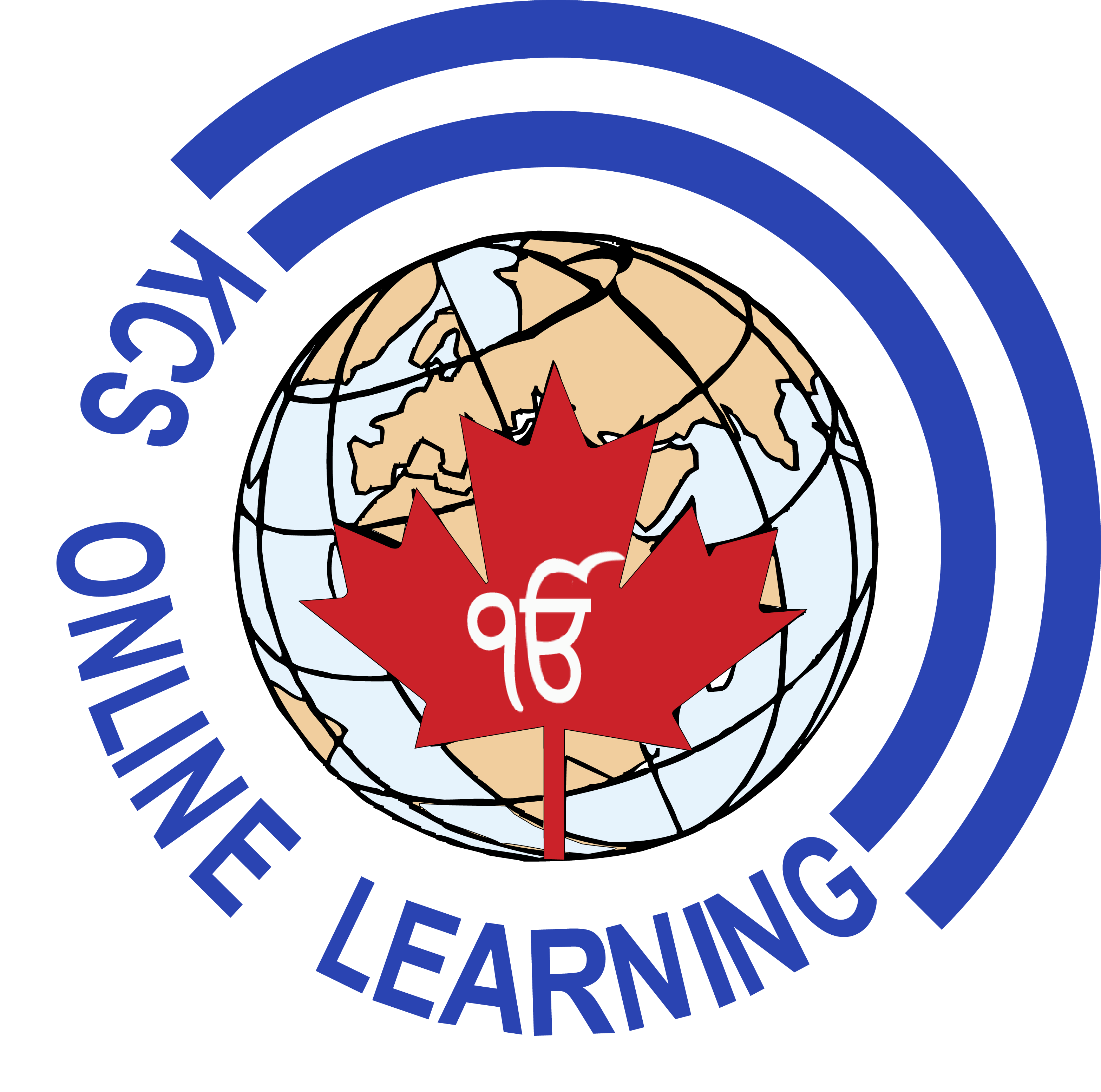World Issues: A Geographic Analysis, Grade 12/h2>
Name of School: KCS Online Learning
Department: Social Studies
Course Developer: Christian Bayly
Course Development Date: June 2019
Course Reviser/Revision Date: ----
Course Title & Grade: World Issues: A Geographic Analysis, Grade 12
Ministry Course Code: CGW4U
Course Type: University Preparation
Credit Value: 1.0
Developed from: Canada and World Studies 2015
Prerequisite: Any university or university/college preparation course in Canadian and world studies, English, or social sciences and humanities
Course Description:
In this course, students will address the challenge of creating a more sustainable and equitable world. They will explore issues involving a wide range of topics, including economic disparities, threats to the environment, globalization, human rights, and quality of life, and will analyse government policies, international agreements, and individual responsibilities relating to them. Students will apply the concepts of geographic thinking and the geographic inquiry process, including the use of spatial technologies, to investigate these complex issues and their impacts on natural and human communities around the world
Curriculum Overall Expectations:
A. CREATING AND PRESENTING
- Curriculum Overall Expectations:
A. GEOGRAPHIC INQUIRY AND SKILL DEVELOPMENT
- A1. Geographic Inquiry: use the geographic inquiry process and the concepts of geographic thinking when investigating world issues;
- A2. Developing Transferable Skills: apply in everyday contexts skills, including spatial skills, developed through geographical investigation, and identify careers in which a background in geography might be an asset.
A. CREATING AND PRESENTING
- B. SPATIAL ORGANIZATION: RELATIONSHIPS AND DISPARITIES
B1. Natural Resource Disparities: analyse relationships between quality of life and access to natural resources in various countries and regions (FOCUS ON: Spatial Significance; Interrelationships)
- B2. Population Disparities: analyse relationships between demographic and political factors and quality of life in various countries and regions (FOCUS ON: Interrelationships; Geographic Perspective)
- B3. Classifying Regions of the World: explain how various characteristics are used to classify the world into regions or other groupings (FOCUS ON: Spatial Significance; Patterns and Trends)
A. CREATING AND PRESENTING
- C. SUSTAINABILITY AND STEWARDSHIP
C1. Strategies and Initiatives: analyse strategies and initiatives that support environmental stewardship at a national and global level, and assess their effectiveness in promoting the sustainability of the natural environment (FOCUS ON: Interrelationships; Geographic Perspective)
- C2. Population Growth: assess the impact of population growth on the sustainability of natural systems (FOCUS ON: Spatial Significance; Patterns and Trends)
- C3. Caring for the Commons: analyse issues relating to the use and management of common-pool resources (FOCUS ON: Interrelationships; Geographic Perspective)
A. CREATING AND PRESENTING
- D. INTERACTIONS AND INTERDEPENDENCE: GLOBALIZATION
D1. Trade and Immigration: analyse the influence of trade agreements and immigration policies on global interdependence and the well-being of countries (FOCUS ON: Interrelationships; Geographic Perspective)
- D2. Impacts and Management: analyse issues relating to national and global impacts of globalization from a geographic perspective, and assess responsibilities and approaches for managing these issues (FOCUS ON: Spatial Significance; Geographic Perspective)
- D3. Characteristics and Driving Forces: describe the major characteristics of globalization, and analyse factors that are driving the globalizing process (FOCUS ON: Patterns and Trends; Interrelationships)
A. CREATING AND PRESENTING
- E. SOCIAL CHANGE AND QUALITY OF LIFE
E1. Leadership and Policy: analyse the influence of governments, groups, and individuals on the promotion and management of social change (FOCUS ON: Patterns and Trends; Geographic Perspective)
- E2. Agents of Change: analyse impacts of selected agents of change on society and quality of life (FOCUS ON: Interrelationships; Geographic Perspective)
- E3. Continuing Challenges: analyse issues relating to human rights, food security, health care, and other challenges to the quality of life of the world’s population (FOCUS ON: Spatial Significance; Patterns and Trends)
